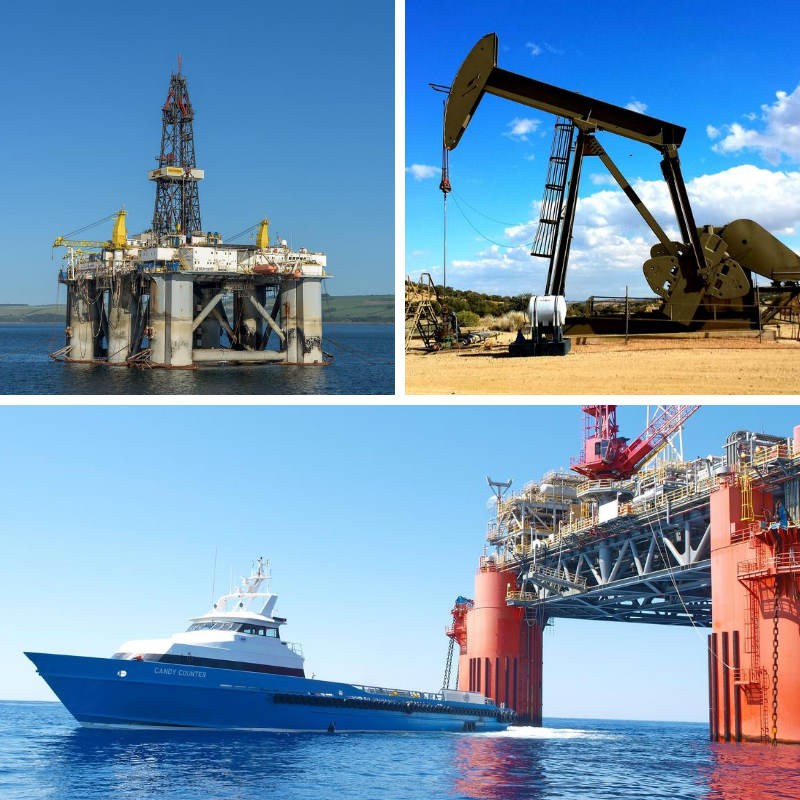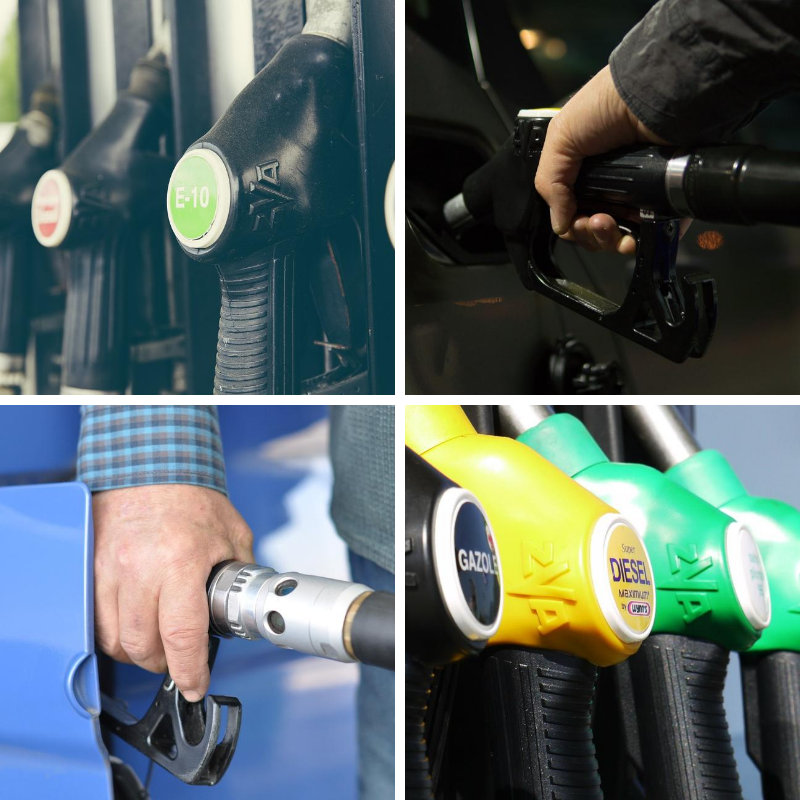If you work in an oil and gas company or industry, there’s a good chance you have heard of the following: upstream, downstream, and mid-stream. They are 3 related parts of the same things within the oil and gas sector.
Upstream

Upstream generally refers to anything to do with the exploration and production of any oil and natural gas. In upstream production, geologic surveys and gathering information are for the purpose of locating specific areas for minerals. Those are usually done in areas where minerals are most likely be found. Such surveys are known as “exploration” too.
In the oil and gas industry, upstream can also include the steps involving in the actual drilling. At the same time, it also includes bringing oil and natural gas to the surface. That process is known as production.
The few basic things you should know about upstream in the oil and gas industry are:
- Upstream refers to an oil and gas company’s location in the supply chain.
- Companies who identify, extract, or produce raw materials are usually the ones who conduct upstream activities.
You can often find people like geologists, geophysicists, service rig operators, engineers, scientists, in the upstream part of the industry. Those people will locate and estimate the oil reserves before starting the actual drilling activity.
Downstream

Downstream in the oil and gas sector is its final stage. It usually includes turning crude oil and natural oil into final marketable products. Downstream oil and gas work around that has to do with the manufacturing of products with its help. The most common final stage product you see on the markets every day are fuels:
- Gasoline
- Diesel
- Kerosene
- Jet Fuels
- Heating Oils
- Asphalt (for making roads)
However, long-chain hydrocarbons you find in oil and natural gases are for far less obvious products. You can find it in synthetic rubbers, fertilizers, preservatives, containers, and plastic parts in many products.
The closer an oil and gas company is to provide clients with petroleum products, the further downstream it is in the industry. Downstream operations are oil and gas processes that happen after the production phase to the point of sales.
As this is the final step in the oil and gas production phase, there are many steps to take to ensure its market sales. The refiners of petroleum crude oil and natural gas processors represent this sector of the oil and gas industry. They are the same people who bring usable products to end-users and consumers. They also work with the marketing and distribution of crude oil and natural gas products. To put it in simple words, the downstream oil and gas market is anything that has to do with the post-production of crude oil and natural gas.
You can also use natural gas products in artificial limbs, hearing aids, and flame-retardant clothing to protect fire-fighters. As a matter of fact, you can also find traces of oil and gas products in paints, dyes, fibres, and similar.
Midstream

Midstream is a combination of both upstream and downstream in the oil and gas sector. It includes transportation and storage services. This segment of the oil and gas sector usually refers to anything people need to transport and store crude oil and natural gas. This is largely before people refine and process it into fuels and key elements. Those key elements are what clients need to make a very long list of products we use every day.
You can find midstream items in the following:
- Pipelines
- Infrastructures that are needed to move resources long-distance
- Pumping stations
- Tank trucks
- Rail tank cars
- Trans-continental tankers
You will find that midstream operations link the upstream and downstream entities together. It includes mostly resource transportation and storage services for resources. You can commonly find it in pipelines and gathering systems.
Conclusion
Those are what’s meant by upstream, downstream, and midstream in the oil and gas sector. They are all important in equal parts within the oil and gas industry. If you ever need upstream, downstream, and midstream services, we are able to provide as such for you. All you have to do is to reach out to us today for any enquiries!

